Children's Music Grows Up
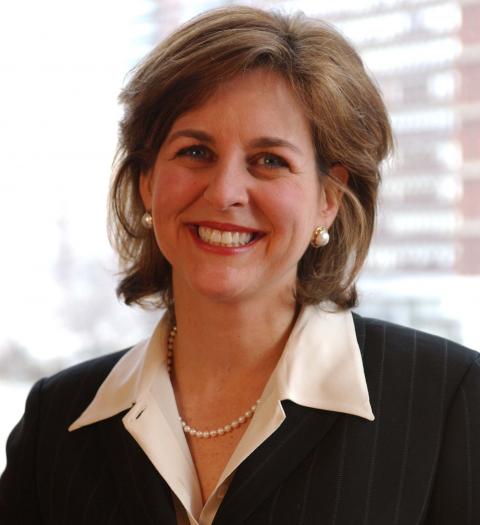
Debbie Cavallier '87
Phil Farnsworth
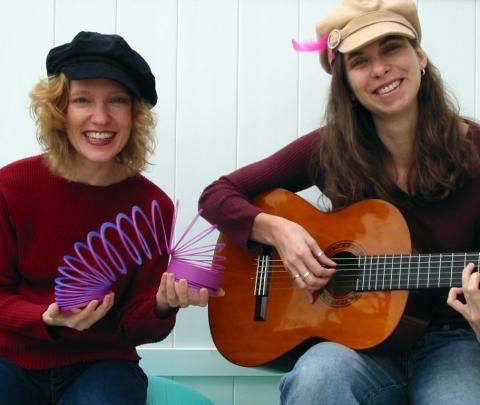
Eva Leishman '04 and Mare Wakefield '05
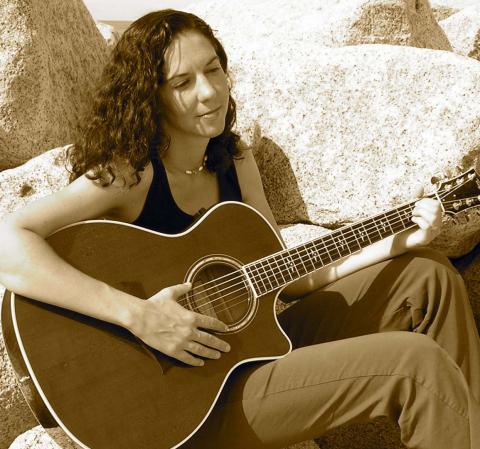
Sara Wheeler '95
Phil Farnsworth
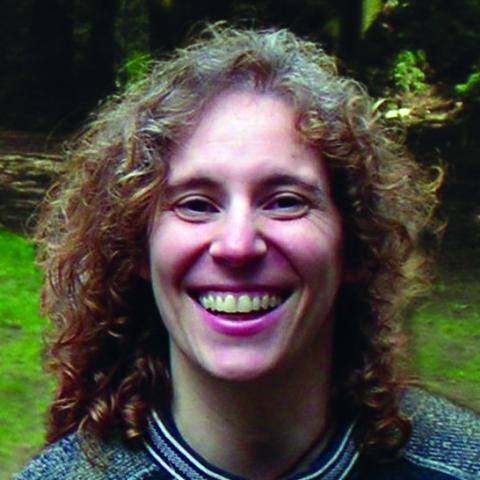
Llene Altman '91
Phil Farnsworth
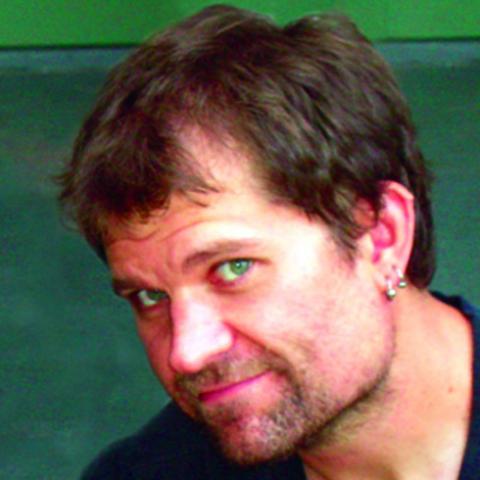
Steve Equi '92
Phil Farnsworth
While in recent years overall CD sales have faltered, music industry trend watchers have noticed an uptick in a previously less significant category: children’s music. Between 2006 and 2007, for example, Nielsen SoundScan reports sales of children’s CDs increased 38 percent, from 12.3 million to 17.1 million.
As well, high-profile artists such as They Might Be Giants, Barenaked Ladies, and Medeski Martin & Wood have attracted media attention with recent releases. These artists’ creations for the children’s market have been top sellers and in some cases have eclipsed sales of the bands’ adult-oriented albums. Children’s artists are starting to show up at the top of the sales charts for all music. As of this writing, the Laurie Berkner Band, a children’s group made popular on the children’s cable television station NOGGIN, is the number 13 top seller on Amazon.com. In this article, Berklee alumni and other experts share thoughts about the genre, writing good kids’ songs, and getting that music out to the public.
Why Children’s Music?
As folk music icon Woody Guthrie once said, “Kid’s music is any music that kids like.” A popular parenting blog on About.com, defines children’s music a bit more precisely:
• any music created for the enjoyment of the young;
• music that is appropriate in theme and language for the young;
• music that teaches or reinforces a skill, a life lesson, or builds neural pathways; and
• music that allows kids to assert independence in their choices.
Current research on music and the brain underscores the importance of children’s music. Findings indicate that exposure to music in infancy and early childhood serves young children well in academics—particularly in math and languages. In the first years of life, “new neural connections are forming more rapidly than at any other time in our lives, and during our childhood years, the brain starts to prune these connections, retaining only the most important and most often used ones,” writes Daniel Levitin ’80 in his New York Times bestseller This Is Your Brain on Music.
Throughout history, music has been a tool to reinforce learning, whether to pass down the oral traditions of culture or teach a child the alphabet. When set to music, ideas and lessons are more easily absorbed, retained, and recalled.
It makes sense, then, to introduce children to music as early as possible while the neural connections are really firing. Children’s songs give youngsters exposure to both music and messages; teaching or reinforcing skills or lessons while building neural pathways; encouraging movement, rhythm, and motor skills; promoting confidence, self-esteem, and social bonding; and perhaps setting the tone for future musical tastes and musicality.
“The neural connections made during the first years of life become the basis for our understanding of music,” says Levitin, “and ultimately the basis for what we like in music, what music moves us, and how it moves us.” An early introduction to music can also help avoid what Levitin calls our cultural “performance chasm.” While music and music making flow freely in the daily lives of people in other world cultures, Westerners tend to sit back and leave music to the professionals. We participate as listeners rather than music makers. This divide discourages parents—who may say, for example, that they can’t carry a tune—from being musical with their children in daily life.
“I think most children actually make up songs before someone tells them, ‘Oh, you’re not a songwriter,’” says Berklee President Roger H. Brown, who as the CEO of Bright Horizons produced several albums of children’s music. “I think it’s such an important part of how children grow and develop that we need to do everything we can to encourage parents to feel free to be amateur musicians and not worry about being tone-deaf or forgetting the lyrics or making up new ones. Music is a very powerful tool.”
Live concerts by children’s artists and parent-child music programs teach basic music and movement concepts while encouraging children and parents to make music together in class and at home. “Music gives babies and toddlers an avenue to interact with other people on a level that is not just verbal,” says Sara Wheeler ’91, songwriter and creator of Baby Wiggle, a popular infant-toddler music program at the Boston Center for the Arts (BCA). With help from Mariana Iranzi ’05 and Caitlin Conneally ’04, Wheeler teaches parent-child music classes at BCA.
After having her first child in 2005, Wheeler began writing children’s songs and developing her program. She wanted to give her daughter a developmental leg up with a quality music program. “I have friends from Switzerland whose three-year-old can already speak well in three languages,” says Wheeler. “Children in India are constantly listening to very advanced music using microtones and getting it. Exposing children at a young age to language and music can only expand what they will be able to repeat and experience later in life.”
Crafting Children’s Songs
Famed children’s artist and TV personality Shari Lewis once said that she wrote for kids but was fully aware that parents were listening too. One reason that children’s music stars past and present are so popular with both children and parents is that they write music that can be appreciated by both age groups. Their songs are as well crafted and intelligent as they may be lighthearted, quirky, or even silly, but not “dumbed down.”
Artists such as Ilene Altman ’91 and Steve Equi ’92 (a.k.a. Leeny and Steve) drew on classic music from their childhood, including tunes from the TV shows Sesame Street, The Muppet Show, and Schoolhouse Rock, as inspiration for the songs on their 2008 debut CD, Be Nice.
“We talked about the music we loved when we were kids and why we still loved it,” says Altman. “Those songs were well crafted with catchy hooks and featured outstanding musicianship. The lyrics were clever, funny, sweet, and educational—often simultaneously. The music was written for and directed specifically to kids without ever talking down to them. It also appealed to adults. Good songs are good songs no matter the musical genre or lyrical content.”
Under the moniker Debbie and Friends, Berklee’s Dean of Continuing Education Debbie Cavalier ’87 released a children’s album titled Story Songs and Sing Alongs. The disc’s music was informed by her 25-year career in music education and publishing and past work with children’s musical icons including Shari Lewis, Buffalo Bob Smith, and Sesame Street’s Bob McGrath.
Cavalier’s album features performances by 15 Berklee players and won a coveted Parents’ Choice Award. She paints her songs from a cross-cultural palette of musical styles and introduces young listeners to a multi-hued array of melodies, harmonies, and rhythms while simultaneously teaching key developmental messages. To Cavalier, there is a bit of science to the art of making children’s music.
“I write the songs we sing, and before they see the light of day, I run them though a 10-point kid-tested checklist and do rewrites accordingly,” she says. Evolved through Cavalier’s study of music by great children’s artists past and present, the checklist includes the child development and music production considerations listed below.
• A vocal range from middle C to G a perfect fifth above is preferable.
• Melodic intervals must be easy for children to sing and should move step-wise or in minor thirds and avoid tritones.
• Tempos should be determined based on a child’s resting heartbeat of 90 beats to 120 beats per minute. While adults may perceive a song as up-temp a young child may hear it as only medium tempo.
• Age-appropriate skills should be consiered. A five-year-old understands the concept of opposites and can rhyme, but a typical two-year-old can’t. But two-year-olds can make the “Itsy Bitsy Spider” go up the waterspout with their fingers.
• Language and vocabulary must be appropriate for the targeted age group.
• Messages of the songs may have a moral or be nonsensical. Both have a place in children’s music.
• Encouraging participation from start to finish is the aim of children’s music. Songs should include singing and movement parts for listeners to perform throughout.
• Song and recording quality should adhere to the same high standards of any other genre.
• Arrangements should include hooks, surprises, and memorable moments. The songs should have an ebb and flow, and the instrumentation should be interesting and appropriate.
• Diverse styles including pop, rock, swing, folk, and show tunes are typically represented on children’s albums.
“The true test,” says Cavalier, “is in the actual sharing of songs with children. They are brutally and beautifully honest. If they don’t like your song, you’ll know right away. If they connect with your music, you’ll know that right away too.”
Marketing Children’s Music
If your songs pass muster with the discriminating toddler set, you’re only halfway ready to sell CDs. “Children’s music is one of the only genres where the end user doesn’t make the buying decision,” notes Regina Kelland, a veteran children’s music marketing expert in Los Angeles. “Artists need to create something that parents will like also.”
The current young and hip generation of parents has enthusiastically snapped up concert tickets and CDs from the new generation of artists whose “kindie rock” music has gained media attention for its “grown up” indie vibe.
Despite the media attention given to such artists as Dan Zanes of the Del Fuegos and Laurie Berkner, both of whom gained superstar status through regular appearances on children’s cable television networks, it’s still a tough market out there for independent artists. They face fierce competition from other new artists and perennials like Raffi for the record retailer’s shelf space.
“Sales-wise, it’s tougher for new artists now, and harder to break into the market,” says Kelland. “More and more people are getting into children’s music. There are also people who have been doing it for years whose CDs are still selling. Children’s music is evergreen. Shelf space for audio has either shrunk or remained the same.”
There are, however, distribution opportunities in niche markets. The distributor Wide-Eye Kids specializes in artists whose songs contain healthy messages for children, and their CDs land in such places as Whole Foods stores. Nashville’s Eve & Mare (Eve Fleishman ’04 and Mare Wakefield ’05) have been touted as “nature-oriented children’s music artists.” Themes about nature, animals, and life’s daily adventures are prominently featured on their 2007 release Daddy’s Moonlight Alligator Boat Ride. “We’ve had our music used in kids’ yoga classes across the nation,” says Fleishman. “We explore the senses and help kids get in touch with their surroundings and their bodies.”
The enterprising Paige Stroman ’87 has released a new CD, Christmas Lullabies to Create Memories, which will be available at more than 170 malls this Christmas as part of a baby’s first Christmas photo package. Her first disc, Lullabies to Celebrate Mother and Child, was recently included in a Madison & Mulholland’s Ultimate Gift Bag for celebrities. The bags were given to Oscar nominees at a pre-Oscar party at the Haven, a mansion in Beverly Hills.
Interaction and Accessibility
Children’s music is all about interaction. A children’s music artist needs a website and materials that are clear, fun, and interactive. On Cavalier’s Debbie and Friends website, visitors can listen to tracks, print out coloring pages, play games, and watch live and animated music videos.
In concert, songs should offer opportunities for kids to get into the act. After the show, artists should spend time with children and parents from the audience. Kids view the artist as a superstar, and parents often feel the same way. Being accessible to the consumers of your music builds fan relationships and boosts CD sales, mailing list inclusion, and word-of-mouth promotion. Parents of little fans will not only buy a CD for their children but also buy them as gifts for others—especially when the artist is available to talk with them and sign CDs.
Parents in Boston’s Urban Music Together class taught by Christy Zarlengo ’95 were so taken by the fun and excitement their children experienced in a live music class that they teamed up with Zarlengo to create a “virtual music class” for kids to enjoy at home. The result is Little Virtuoso: Music’s Everywhere, an interactive music DVD/CD for children ranging in age from infancy to five years. Zarlengo and Adam Winkler ’93 collaborated on the DVD.
Another important aspect of marketing children’s music is CD cover design, which should be creative and engaging. “The music may be terrific, but without the right cover art and title, the music will never get heard,” says Wide-Eye Kids’ principal and executive producer Peter Farber. “If your CD is selling in a store like Whole Foods Market where counter space is at a premium, your CD is sitting in a two-tier, six-by-eight-inch display amidst 20 other CDs, you have about one second to grab that mother’s attention.”
Regardless of the competition, there has never been a better time to get into the children’s music field. More parents have tuned into the burgeoning kids’ concert scene, and all the media attention paid to mass-marketed superstars translates into growing opportunities for independent children’s music artists. “Getting kids’ music in front of parents and exposing them to the depth and breadth of what is available is a good thing for all of us,” says Kelland. “More quality kids’ music out there raises the water level for everyone.”
Julie Pampinella is a freelance writer, mother of a four-year-old music fan, and the wife of Paul Pampinella ’90, the guitarist for the children’s band SteveSongs.




